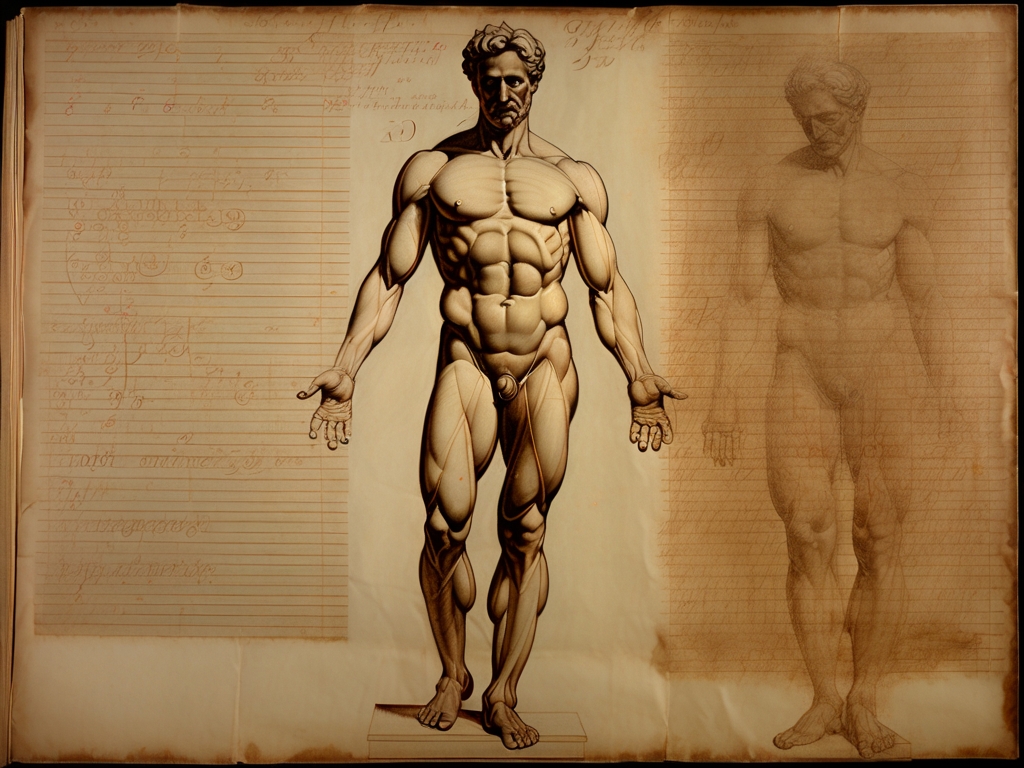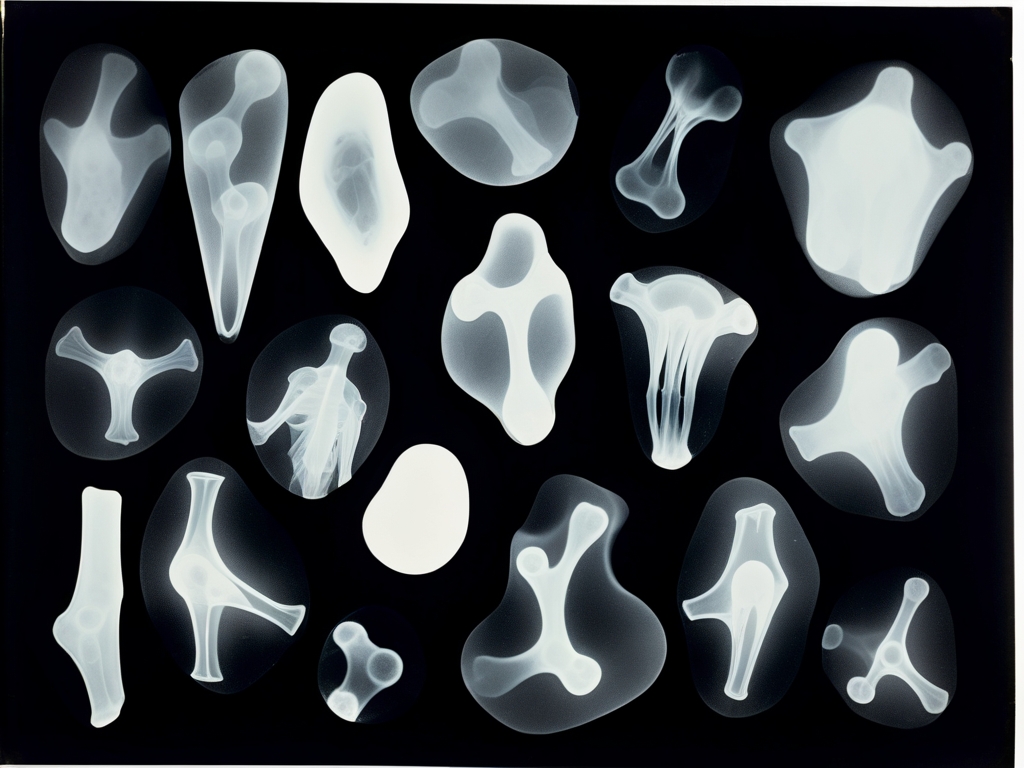The Silence Vessel

The obsidian kylix emerges from the shadows like a sliver of primordial night, its volcanic glass surface absorbing light rather than reflecting it, as though drawing darkness into itself. Crafted in an ancient manner that calls to mind classical pottery figures, the vessel bears etched scenes blending ritual and myth: stylized human forms poised between domestic reverence and solemn ceremony.
Unlike traditional red-figure pottery, this kylix defies convention—not only through its medium but by the sacred nature of obsidian itself, long associated with underworld deities and seldom shaped into vessels such as this. The silhouetted figures, carved with solemn expressions beneath archaic helmets and flowing drapery, enact dynamic scenes suggestive of mythic combat or rites whose meaning has ebbed with time.
Archaeological records link the kylix to Thyestes the Silencer, tribal chieftain of Kythara near Mount Erebus. Inscriptions name him "the one who breaks the endless wheel," alluding to his radical upheaval of cyclical time and seasonal festivals that bound his people. Fragments from the Kytharan Chronicle reveal how Thyestes discovered their harvest rituals shackled them to eternal repetition—a ceaseless cycle condemning generations.
This obsidian vessel became his instrument of liberation; within ceremonies held beneath waning moons, he sought to shatter what he called “the tyranny of repetition.” Witnesses recall during these final rites how sound itself seemed swallowed by silence radiating outward like ripples reversed—until time fractured at their circle’s heart: past and future collapsing into one suspended moment.
The cost was devastating: freed from cyclical fate yet lost entirely. Overnight Kythara vanished beneath volcanic ash from Erebus; local lore speaks of an enduring silence so profound wind dared not disturb it—as if even air had learned reverence for emancipation’s price.
"This vessel represents humanity's most dangerous ambition—the desire to escape the very fabric of existence itself." - Dr. Marcus Chronos, Temporal Archaeologist
Excavations unearthed strange phenomena; their equipment fell prey to static whispering fragments resembling ancient Greek. Several researchers endured temporal disorientation—minutes slipping into hours or lapsing altogether.
The kylix entered the Ravensfield Collection thanks to Dr. Evelyn Blackthorne, former curator specializing in temporal artifacts who secured it discreetly during a 1987 Erebus expedition. Her notes describe it simply yet hauntingly: “a doorway to spaces between seconds.”
Visitors often report vertigo standing by this relic—a sensation like teetering on time’s fragile edge where all moments converge simultaneously. An almost tangible hush pulses softly around its display case in measured breaths—a threshold beckoning toward sacred quietude beyond lives or eras alike.
Flanking the cup stand two sculpted female warriors—helmets tipped back atop vigilant heads—eternal guardians at ease and alert over this cryptic relic forged from black glass frozen timelessly between seconds.




